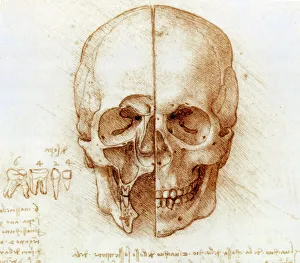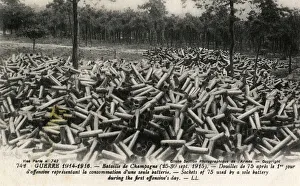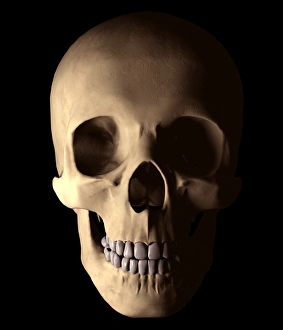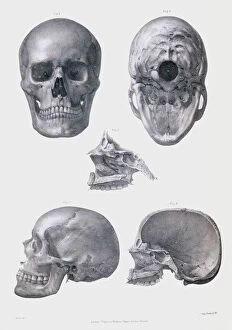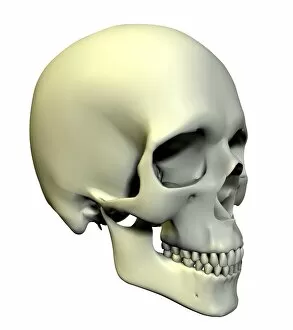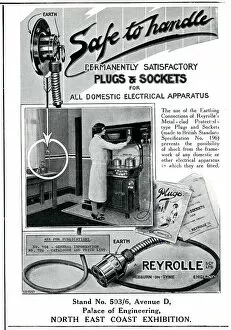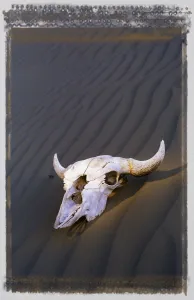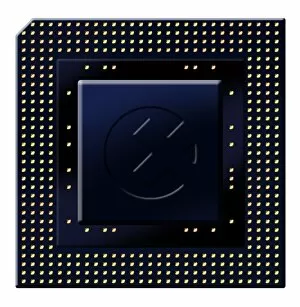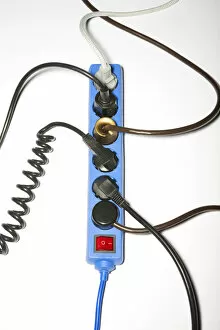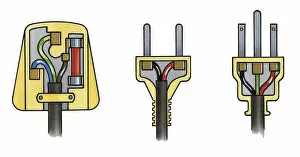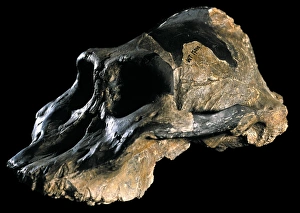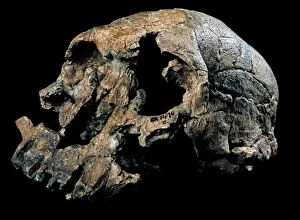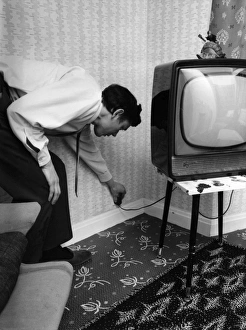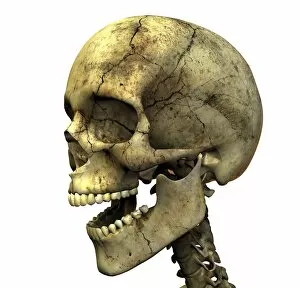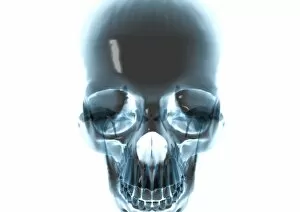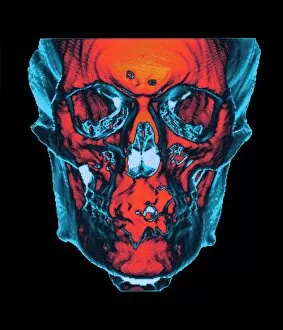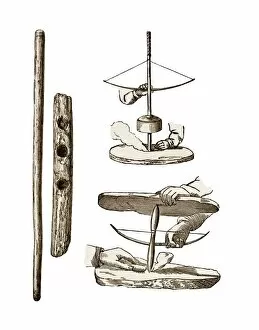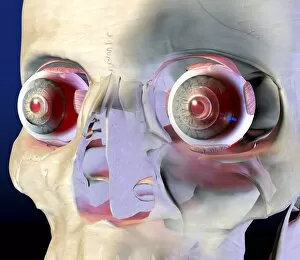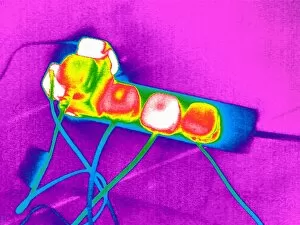Sockets Collection
"Sockets: Unveiling the Mysteries of Skull Anatomy through Art and History" Delving into the intricate world of skull anatomy
All Professionally Made to Order for Quick Shipping
"Sockets: Unveiling the Mysteries of Skull Anatomy through Art and History" Delving into the intricate world of skull anatomy, Leonardo da Vinci's sketches reveal the mesmerizing complexity of sockets. From the Battle of Champagne in WWI to spent shell casings scattered on the ground, sockets bear witness to human history's darkest moments. The human skull, with its enigmatic sockets, serves as a timeless symbol of mortality and introspection. Exploring nose and sinuses through CT scans uncovers how these delicate structures connect within our skull's sockets. Charles Reade's vivid illustration for "The Cloister and The Hearth" transports us back in time, showcasing a captivating depiction of socketed skulls. Hatnefer's funerary mask from ancient Egypt reminds us that even centuries ago, gold adorned sockets held significance in honoring the departed. In 1929, an advertisement for Reyrolle electric plug & sockets hints at how technology has seamlessly integrated into our lives while relying on these essential connections. A page from "The Architect s, Surveyors and Engineers Compendium" (1892) showcases color lithographs depicting various architectural designs incorporating socketed elements. As we gaze upon a desolate desert landscape with a solitary skull amidst sand dunes, we ponder the mysteries concealed within those empty eye sockets. Intriguingly diverse yet interconnected through their presence in art and history alike, these glimpses into different aspects surrounding "sockets" offer an intriguing perspective on this anatomical feature that holds both scientific fascination and symbolic depth throughout time.

